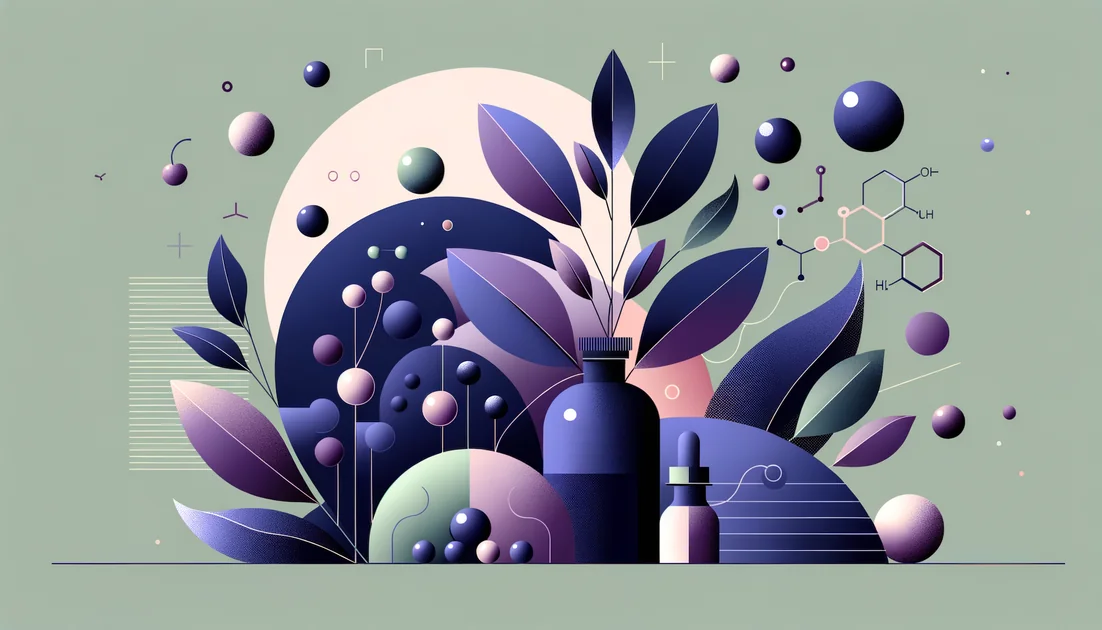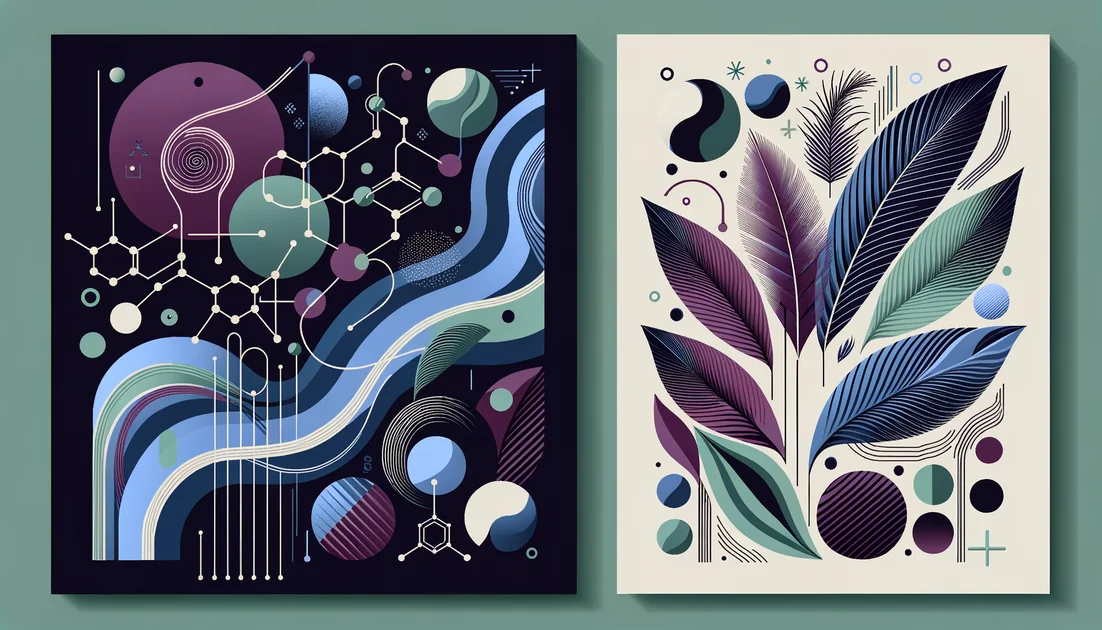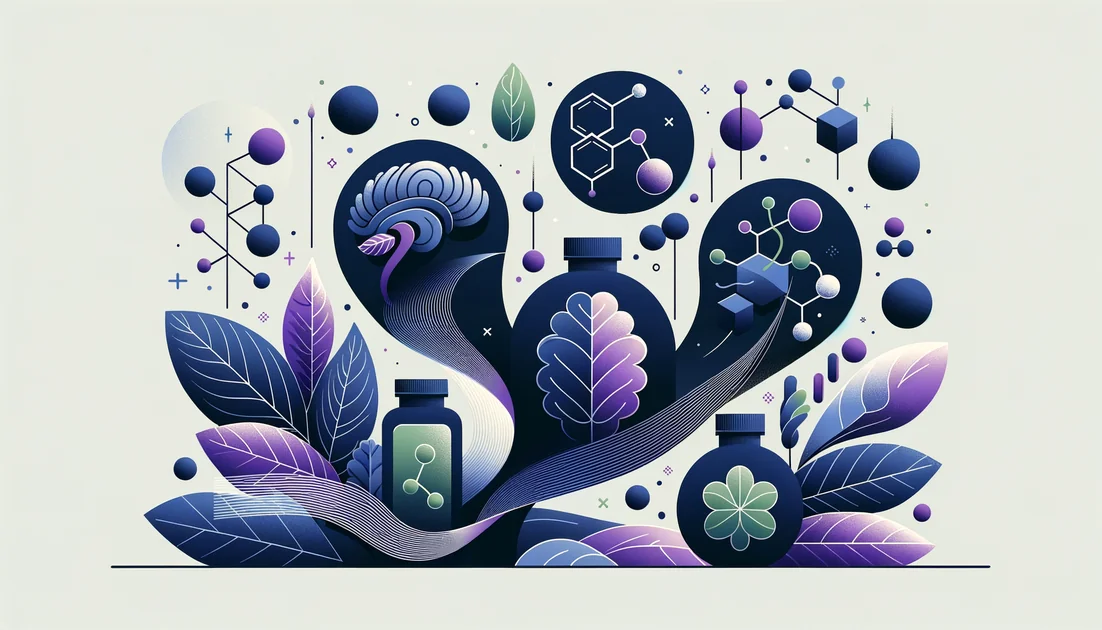
From Night-Flight Myth to Screen-Strained Eyes: What Bilberry Really Does—and Doesn't—Do
You've heard the story: World War II pilots slathered bilberry jam on toast and, suddenly, could see in the dark. It's a gripping image—sweet fruit as secret weapon—but it also sets up a question worthy of a modern, health-conscious reader: beyond the myth, what can this blue-black berry actually do for human eyes—and for the rest of us?
- Evidence
- Emerging
- Immediate Effect
- No → 8-12 weeks for eye fatigue/focusing; 4 weeks for dry-eye metrics
- Wears Off
- Likely within weeks after stopping; long-term persistence not studied
The legend meets the lab
For decades, bilberry's reputation has been hitched to a wartime tale. The truth is more prosaic and more interesting. When researchers sifted through trials of bilberry's pigments (anthocyanins) for night vision, the most rigorous randomized studies came up empty. One systematic review put it plainly: "The hypothesis that [bilberry] anthocyanosides improves normal night vision is not supported by evidence from rigorous clinical studies."[3] Even the U.S. National Center for Complementary and Integrative Health sounds a cautionary note: "Bilberry has not been clearly shown to be helpful for any health condition."[2] If the myth fades under bright light, the story isn't over. Scientists turned from the romance of night-flying to the realities of modern life: long days on screens, dry offices, and cardiovascular recovery.
Old wisdom, narrow aim
Long before pilots, Europeans brewed the dried fruit to settle an upset stomach or soothe a sore mouth. Regulators still recognize these as plausible, tradition-based uses—thanks mostly to bilberry's tannins, which act like tiny clamps that tighten and dry irritated tissues.[1] But that's where tradition ends and testing begins.
The screen-time chapter: from fatigue to focus
Picture yourself after hours at a laptop—eyes gritty, focus fluttering. In Japan, office workers with measurable signs of eye fatigue took capsules of bilberry extract (480 mg/day) for eight weeks. Compared with placebo, bilberry blunted the drop in a flicker-fusion test (a proxy for how quickly your visual system can refresh) and eased symptoms like eye heaviness and "foreign body" sensation. No severe side effects were reported.[4] A second randomized, double-blind trial asked a more specific question: can a standardized bilberry extract steady the ciliary muscle—the tiny focusing ring that locks and unlocks your lens—during visual display terminal work? After 12 weeks at 240 mg/day, the bilberry group showed better post-task focusing stability than placebo at weeks 8 and 12, suggesting less "locked-up" near focus after screen strain.[5] In a smaller study of people with dry-eye symptoms, a month of a well-characterized bilberry extract improved tear production on the classic Schirmer's test and shifted blood markers toward a better antioxidant balance.[6] None of these trials claim super-powers. They read like modest nudges: keeping the eye's "autofocus motor" from sticking, refreshing a tired visual system a bit sooner, and helping tear film recover. That's a very different promise from cat-eyes in the dark—and a far more useful one for anyone who lives by a screen.
"We've got this really sexy story, that it's good for night vision, but there's no evidence," says Evangeline Lausier, MD, of Duke Integrative Medicine, who nonetheless notes that bilberry's pigments may still earn a place in a smart diet.[11]
An unexpected detour: the heart patient's walk
Then came a surprise. In Sweden, people recovering from a heart attack added a hefty dose of bilberry powder (about 40 g/day freeze-dried, roughly 1 pound of fresh berries) to standard care for eight weeks. They didn't see a shift in LDL cholesterol, but they did walk 38 meters farther in six minutes than those on standard care alone—a small, tangible gain in day-to-day capacity. Their blood also showed less easily oxidized LDL, the "rust-prone" form of cholesterol.[7] No, that doesn't bilberry into cardiac therapy—but it points to a quality-of-life angle worth testing in larger, blinded trials now being designed at scale.[8]
Sorting signal from noise
If you've followed nutrition headlines, you know anthocyanins (the blue-purple dyes in berries) often get credit for vascular perks. A 2015 meta-analysis of Vaccinium berries suggested bilberry groups, in aggregate, lowered LDL and nudged HDL up, but results varied widely by berry type and study quality.[10] In fact, when researchers gave isolated bilberry anthocyanins to adults with high cholesterol for just four weeks, there was no change in LDL, HDL, or glucose compared with placebo.[9] Translation: context matters—whole berries or full-spectrum extracts may not act like purified pigments, and benefits may take months, not weeks, to emerge.
How it likely works (no biochemistry degree required)
Anthocyanins behave like sunscreen and rust-proofing for plants. In us, they seem to:
bolster the eye's ability to clear the reactive "exhaust" of constant focusing and light exposure;
support tiny blood vessels so they leak less under strain; and
help tear glands and ocular surfaces keep their moisture film intact.
Those are gentle, system-wide effects—more thermostat than on/off switch—which fits the trial results.
How to use the story in real life
If you're curious about bilberry for screen-heavy days, the studies used 240–480 mg/day of standardized extract for 8–12 weeks. Look for products specifying anthocyanins (often around 36%) and third-party testing. Take with meals to avoid queasiness, and give it time; most eye outcomes didn't budge until week 8. For food-first folks, the heart-recovery trial used whole berry powder equal to about 480 g fresh berries daily—delicious, but impractical for most budgets and blenders.[4][5][7]
Two cautions. First, stick to fruit extracts—not leaf preparations. European and U.S. authorities flag bilberry leaf as potentially unsafe if taken at high doses or for long periods.[2] Second, aim your expectations properly: easing eye fatigue or improving tear metrics is a world away from treating disease. Keep your optometrist or ophthalmologist in the loop and treat bilberry, if you use it, as a complement to the basics—breaks, lighting, ergonomics, prescription updates, and, for dry eye, proven therapies.
Where research is heading
Large, multi-arm trials are underway to test whether bilberry, oats, or both can change hard cardiovascular markers after a heart attack—a far cry from folklore and a sign of how nutrition science is maturing.[8] On the eye front, future studies need longer follow-ups, standardized extracts, and head-to-head comparisons with cornerstone measures like lubricating drops, environmental tweaks, and blue-light behavior. Until then, bilberry looks less like a magic night-goggle and more like a skilled stagehand—quietly keeping the show running when the spotlight of modern life gets a little too bright.
Key takeaways
- •The famed WWII night-vision claim doesn't hold up; rigorous trials did not show benefits for normal night vision.
- •Modern studies shift focus to digital-life problems: bilberry extract improved objective flicker fusion, eye-fatigue symptoms, and ciliary-muscle focusing stability versus placebo.
- •Typical study dosing: 240–480 mg/day of standardized bilberry extract for 8–12 weeks; effects accrue over time, not days.
- •Practical use: take with meals and anchor to daily routines to support adherence and gradual benefits.
- •Who may benefit most: heavy screen users with end-of-day eye fatigue or mild dry-eye symptoms; food-first approaches noted for people in cardiac rehab.
- •Safety notes: choose fruit extracts (not leaf); avoid high-dose/long-term leaf products and coordinate with an eye-care professional for conditions like dry eye or glaucoma.
You might also like
Explore more of our evidence-led investigations, comparisons, and guides across every article style.

Dr. Mercola (Mercola Market / Mercola.com Health Resources)
A sustainability-forward supplement line from a polarizing figure: quality claims vs. a long controversy trail

Probiotics (live microbes) vs Prebiotics (selective substrates)
For most common needs: after antibiotics or for IBS/mood support, choose Probiotics; for constipation and day-to-day fiber-driven microbiome support, choose Prebiotics. Combine judiciously (or use synbiotics) once tolerability is clear. [4][6][9][22]


Saw Palmetto (Serenoa repens)
Just before sunrise in Florida's palmetto scrub, harvesters move through razor-edged fronds to collect jet-black berries that have fed bears, sustained Indigenous communities, and built a century-old market. Yet when those berries are bottled for men with nighttime bathroom trips, the lab coat verdict often reads: not better than a sugar pill. How did a plant with such a long human story end up at the center of one of integrative medicine's most puzzling contradictions?[13][14]

Lion's Mane + Bacopa: Smart Memory Duo or Just Hype?
The combo is a theoretical dual-pathway stack (neurotrophic + cholinergic), but there are no direct head-to-head studies proving synergy.

Tocotrienols
The stealthier cousins of vitamin E—built with springy tails that move differently in cell membranes and behave differently in your body.


